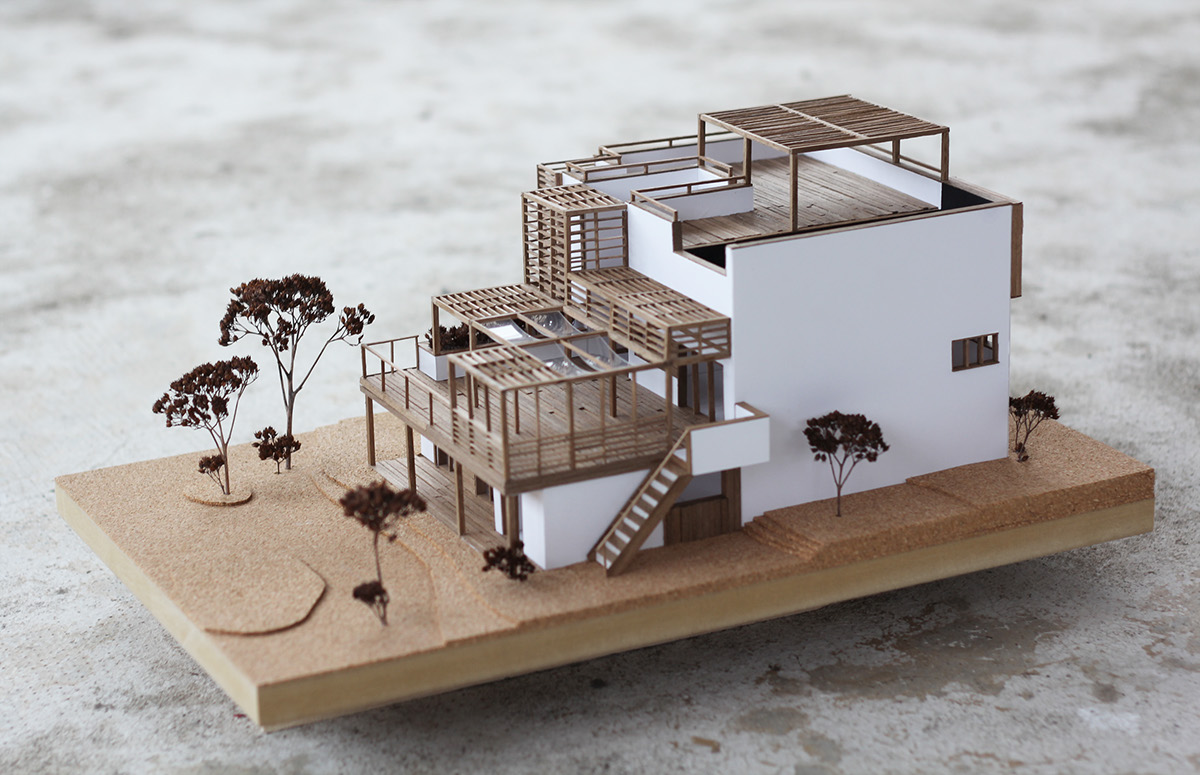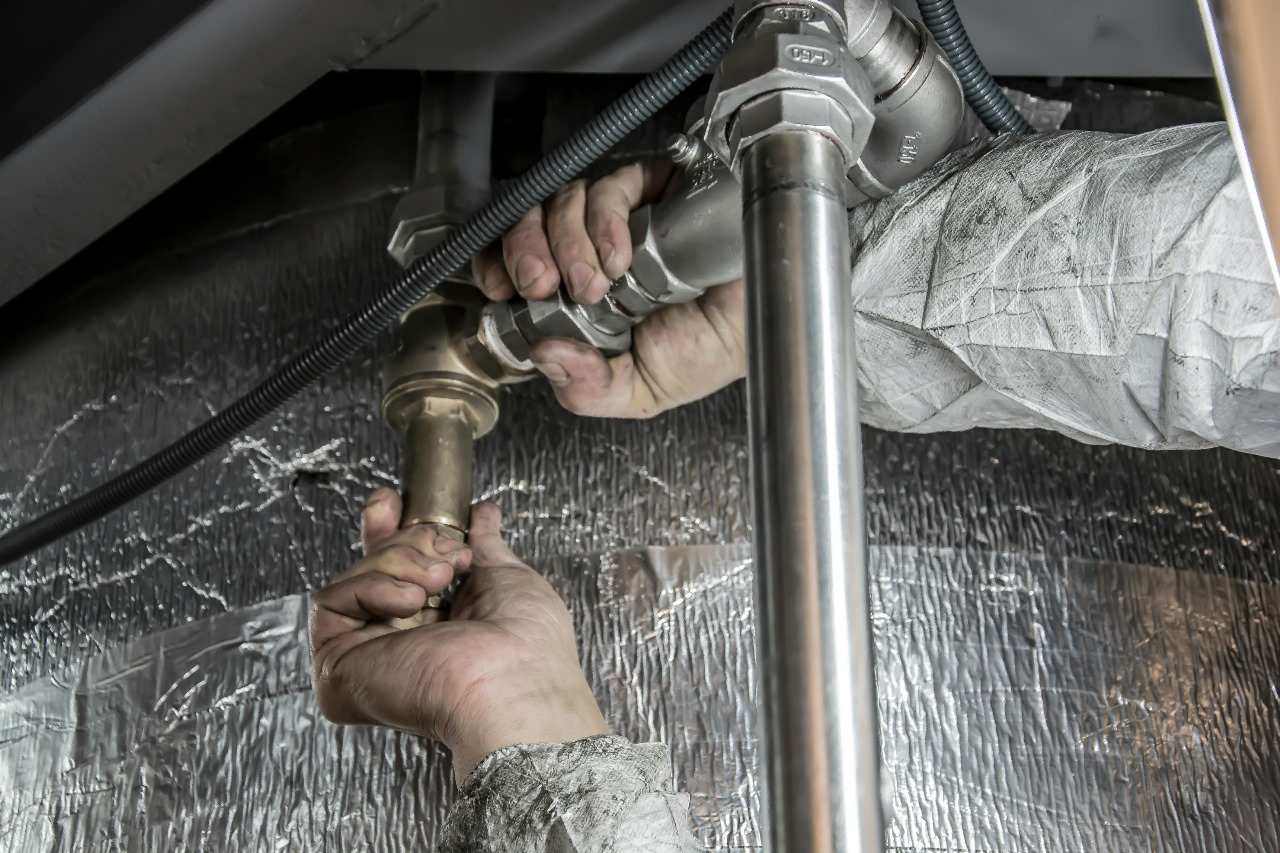Introduction to Architectural Model Making
In the world of architecture and design, visualization plays a crucial role in communication and planning. This is where the Architectural model maker steps in as an essential figure. These professionals use their skills to translate complex architectural concepts into tangible, scaled-down models. In industrial model making, the architectural model maker takes on even more responsibility, as their creations help stakeholders visualize large-scale projects, detect design flaws, and showcase the full scope of development.
The Evolution of Architectural Model Making in Industry
Historically, architectural models were primarily built for aesthetic presentations or academic purposes. However, over the years, their role has expanded significantly. With the rise of industrial and infrastructure development, the demand for detailed, durable, and precise models has increased. Today, an architectural model maker must combine artistic talent with technical expertise, often utilizing CAD software, laser cutting, and 3D printing. In industrial model making, these models serve not just as presentations but as critical tools for engineering, marketing, and urban planning.
Understanding the Skills of an Architectural Model Maker
An architectural model maker requires a unique combination of creativity, technical proficiency, and precision. They must understand architectural blueprints, scale conversions, and various material properties. For industrial model making, additional skills are necessary, such as knowledge of mechanical components, site topography, and complex building systems. A skilled architectural model maker can replicate every tiny detail, from piping and HVAC systems to landscape contours and vehicular layouts, enhancing the functional accuracy of the model.
The Importance of Models in Industrial Projects
Industrial projects are typically large-scale and involve multiple phases of development. Whether it’s a factory, power plant, or transportation hub, stakeholders often need to see a physical representation of the entire site. Here, the architectural model maker creates a scale model that helps decision-makers visualize the entire project lifecycle. These models assist in zoning, site optimization, and compliance with regulations. They also serve as excellent tools for public consultation, investor pitches, and construction sequencing.
Collaboration in the Model Making Process
The architectural model maker rarely works in isolation. In industrial model making, collaboration with architects, engineers, urban planners, and marketing teams is essential. This cooperative approach ensures that the model is both technically accurate and visually compelling. The architectural model maker plays a mediating role, converting digital drawings into physical forms and ensuring all collaborators’ inputs are accurately represented. Their work requires constant communication, problem-solving, and a high degree of adaptability.
Material and Technology in Modern Model Making
In the past, models were made from cardboard, wood, and foam. Today, the tools and materials available to an architectural model maker have evolved significantly. In industrial model making, materials like acrylic, resin, PVC, and 3D-printed parts are standard. Technologies such as laser cutting machines and CNC routers allow for unmatched precision. An architectural model maker must be skilled in these technologies to keep up with the complexity and speed required in industrial environments.
Types of Industrial Models Built by Architectural Model Makers
An architectural model maker working in industrial sectors may be tasked with building various types of models. These include plant models, urban infrastructure, warehousing layouts, wind farms, and energy projects. Each type of model has its unique challenges and specifications. For example, a wind farm model must show terrain, turbine locations, and cable routing, while a plant model must detail machinery, control rooms, and safety exits. In every case, the architectural model maker ensures accuracy and visual clarity.
The Role of Accuracy in Industrial Model Making
Unlike conceptual models used in early design phases, industrial models demand a high level of precision. An architectural model maker must work from highly detailed blueprints and be able to spot inconsistencies or potential design flaws. In many instances, the model serves as a prototype for final construction, making accuracy critical. From scale measurements to component alignments, every detail must be exact. A single error can result in costly design revisions.
Enhancing Communication Through Physical Models
While digital renderings are helpful, physical models provide a different level of understanding. An architectural model maker offers clients and stakeholders a way to physically interact with the proposed design. In industrial model making, this tactile element improves spatial awareness, simplifies complex design communication, and enhances stakeholder confidence. By offering a 3D perspective, the model helps avoid misinterpretations and facilitates smoother project approvals.
Marketing and Presentation Uses of Industrial Models
A key benefit of working with an architectural model maker is the model’s utility as a marketing tool. For large-scale industrial projects, presentations using a physical model can impress investors, attract partners, and aid in public relations. A high-quality industrial model tells a compelling story, highlighting both the aesthetics and functionality of the project. With lighting effects, removable sections, and interactive elements, these models can become the centerpiece of exhibitions and presentations.
Sustainability and Environmental Planning in Models
As sustainability becomes a growing concern, the architectural model maker also plays a role in demonstrating eco-friendly designs. In industrial model making, sustainable site planning, energy efficiency, and waste management systems can all be modeled in detail. Green roofs, solar panels, water recycling systems, and natural ventilation elements are integrated into models to showcase a project’s environmental commitment. This ability to visualize sustainable features helps during environmental assessments and public planning meetings.
Training and Education for Architectural Model Makers
Becoming a professional architectural model maker typically requires training in architecture, industrial design, or a related field. Many model makers also acquire hands-on experience through internships or working with established firms. As industrial model making becomes more specialized, continuing education in new tools, materials, and software is essential. Proficiency in programs like AutoCAD, Rhino, and SketchUp, along with physical crafting skills, gives a competitive edge to an architectural model maker in the field.
The Future of Industrial Model Making
The future for the architectural model maker in industrial projects looks promising. With the continued integration of AI, AR (augmented reality), and smart city planning, the need for accurate physical models will persist. Even as digital visualization advances, the demand for tactile, physical representations remains strong. Industrial model making is expected to grow alongside advancements in construction, manufacturing, and infrastructure development. As a result, the role of the architectural model maker will continue evolving, incorporating both tradition and innovation.
Conclusion: A Vital Role in Industrial Design
In summary, the architectural model maker is a cornerstone of industrial model making. Their ability to bridge the gap between conceptual designs and real-world implementation is invaluable. From enhancing communication and accuracy to supporting marketing and sustainability efforts, their work touches many aspects of an industrial project’s lifecycle. As industries grow more complex, the skills and insight of a professional architectural model maker will remain in high demand.
By using their hands and minds in unison, architectural model makers not only build scale models—they build understanding. And in industrial model making, that understanding often shapes the future of entire cities, industries, and communities.



